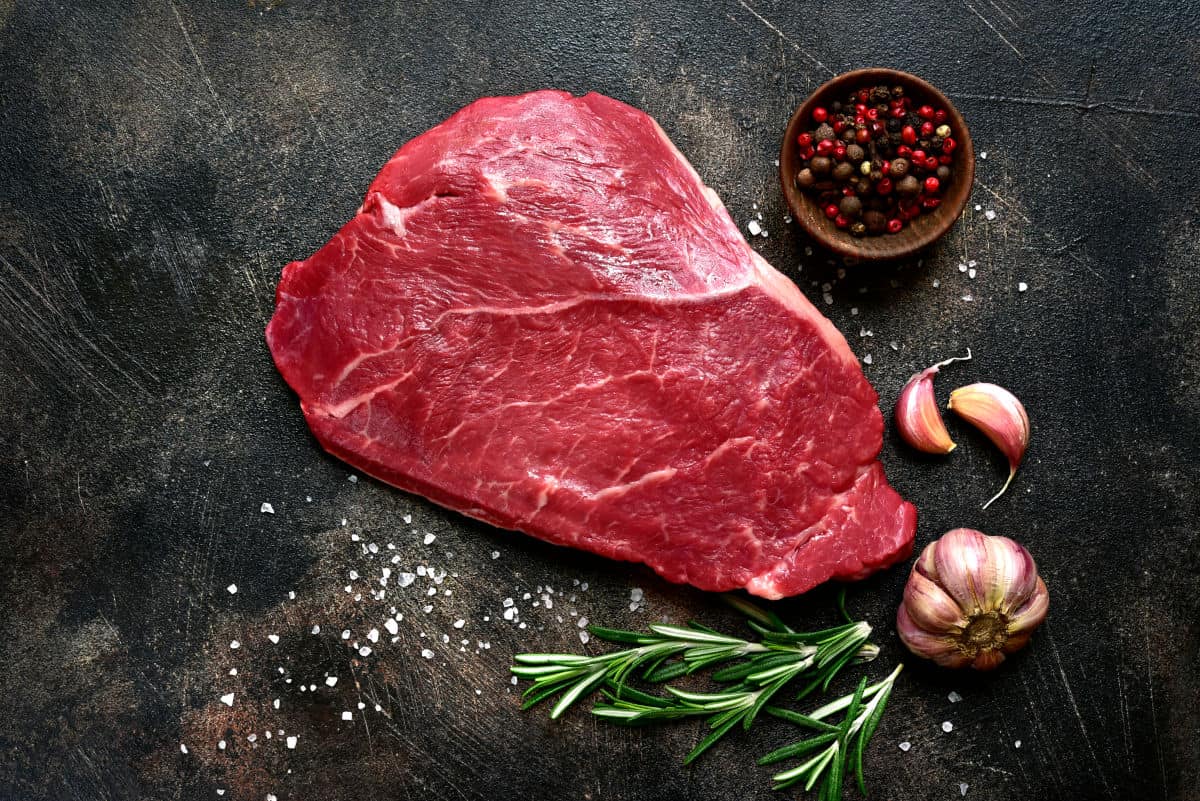
Choosing a steak of high quality requires some expertise. Yet, the following is a list of points to consider when purchasing a beef shoulder steak:
? Marbling. Choose steaks that have a lot of marbling. The fat streaks that run through the steak are known as marbling. More marbling makes a steak more delicious and juicy;
? Scent. Steaks with an ammonia-like or sour aroma should be avoided. They indicate a terrible steak;
? Color. Look for beef that is bright red with a hint of purple. Steaks with a brown tint should be avoided as they are usually aged. Cattle that are fed on grass are leaner and darker in color than cattle that are fed grains. Grain-fed cattle can be identified by their pink color and white marbling;
? Texture. The texture of the steak should be firm. If it’s overly soft, it can mean the meat isn’t fresh or is old;
Steak that has been fed only grass is leaner and tastes better. Sure, it has less marbling, but because of its natural diet, it also has a more nuanced flavor profile. Grass-fed beef is more nutrient-dense and environmentally sustainable because it is fed a diet that primarily consists of plants and occasionally grains. The marbling of grass-fed steak makes it easy to identify it. Because of the plant’s pigments, it has a faint yellow tint.
Corn, soy, or other grains are fed to cattle that are grain-fed. As a result of such meals making cattle fatter, grain-fed meat has more marbling. If you enjoy the taste of butter, grain-fed steak is for you. Although it is much more juicy and soft, it doesn’t have the same meaty flavor. The white marbling and pink color of grain-fed beef make it simple to identify.
How should leftover shoulder steak be stored?
Let the leftover shoulder steak no more than two hours to cool to room temperature before storing. The steak should then be cut into manageable parts to facilitate storage and hasten the subsequent reheating process. To avoid air exposure, which can result in deterioration or freezer burn, carefully wrap each serving in plastic wrap or aluminum foil. To maintain track of their freshness, lock the wrapped sections in airtight containers or plastic bags and label them with the date. The leftovers can be kept in the freezer for up to three months or in the refrigerator for up to three days.
How are shoulder steaks made tender?
Kosher salt or a marinade are the best ways to tenderize shoulder steaks. Be sure to include an acidic element in your marinade, such as buttermilk, yogurt or orange juice. and it will be better if you get halal frozen beef.
How should beef shoulder steak be prepared?
The ideal technique to prepare beef shoulder steak is slowly. Generally speaking, cooking it over high heat is not advised because it may turn up tough and chewy. But be careful not to overcook it if you must cook it over high heat.

